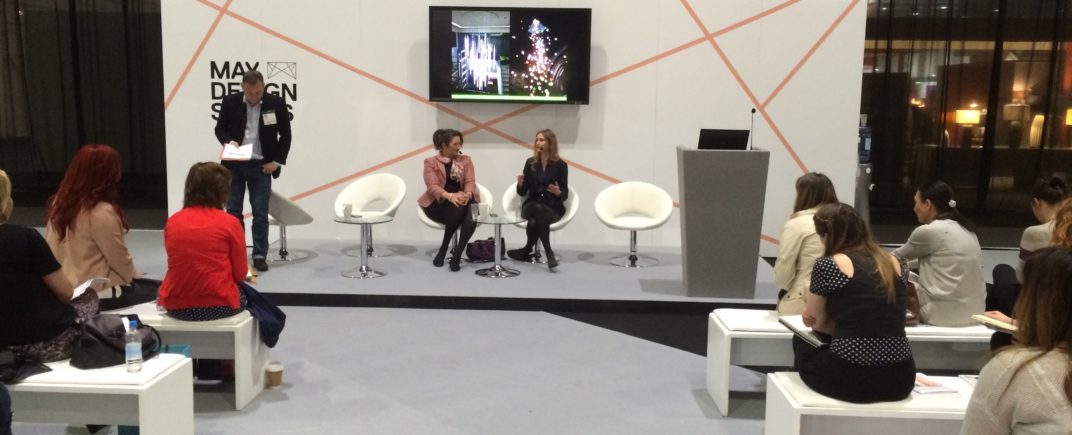We provide workshops and keynote programs at conferences, trade shows, and in-house company events. Further background on past engagements can be found on our Speaking Page. Topics include:
Workplace Experience: Designing for Well-Being
Only 53% of workers say their office enables them to work effectively. Learn how to promote individual and organizational well-being and productivity through workspace design strategy. This session introduces the BALANCEDSM Space Audit, a checklist tool you can use to design workspaces and other environments to enhance well-being and better achieve your organizational goals. An ideal workshop for companies considering a re-design or light-touch interventions.
Biophilic Design in Rehabilitative, Residential, and Urban Spaces
Can a tree hold the power to reduce blood pressure and the circulation of stress hormones? “Biophilia” refers to the innate attraction humans have for the natural world. Learn about the evolutionary psychology of this phenomenon, and how we can leverage it to design spaces enhancing our ability to think, heal, and create. Can be tailored to cover a variety of environments or focus in on a specific sector.
Behavior Change: Behavioral Science and Buildings
Businesses, designers, and everyday people are increasingly interested in how they can apply behavioral science to “nudge” people into engaging in behaviors that are healthier, safer, more sustainable, and pro-social. Learn how you can use the behavioral science of environmental psychology in your work and life.
Environmental Psychology: The Science of Architectural UX
Products like cars and iPhone apps are fine-tuned through user experience (UX) testing and tweaking before market. But for buildings—where we spend the majority of our time, and often, resources—a comparable process to improve quality is not commonplace. Learn how we can design healthier, happier spaces using the behavioral science of environmental psychology.
Further speaking topics include: Fractals in our minds, bodies, and environments; Designing transportation spaces for behavior change; and Ruin Porn: why we love old buildings and what we can learn from them.

